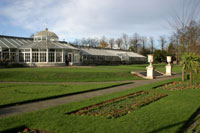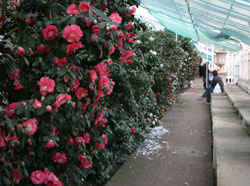Last week I read two independent descriptions of the importance of business processes. As a former business analyst they were music to my ears.
The first was in an article on business innovation published by the Economist (see Companies and innovation – Less glamour, more profit subscription required):
Likewise, in the past few decades most of the companies that have created truly extraordinary amounts of wealth have done so by inventing great processes, not great products. Dell, Toyota and Wal-Mart, for example, have risen to the top of their respective industries by coming up with amazingly efficient ways of getting quite ordinary products into the hands of consumers more cheaply than their rivals.
The second was a review of The Future of Work by Thomas Malone in the Financial Times (see Corporate culture on the cusp subscription required):
There are also sections on “business process outsourcing”, “process architectures for interchangeable organisations” and “the deep structure of business processes”. Why is there this obsession with process? Strip any company of hierarchy and you are left with nothing but processes – the flow of work. In the flat, decentralised organisations of the future, it is argued, the ability to configure and reconfigure processes will be an important source of competitive advantage.

As Jimmie Lunceford and his Orchestra pointed out in 1939:
When I was a kid about half past three
My ma said “Daughter, come here to me”
Said things may come, and things may go
But this is one thing you ought to know…Oh ‘t ain’t what you do it’s the way that you do it
‘T ain’t what you do it’s the way that you do it
‘T ain’t what you do it’s the way that you do it
That’s what gets results
Lunceford should be the patron saint of business analysts. Now, repeat after me …









